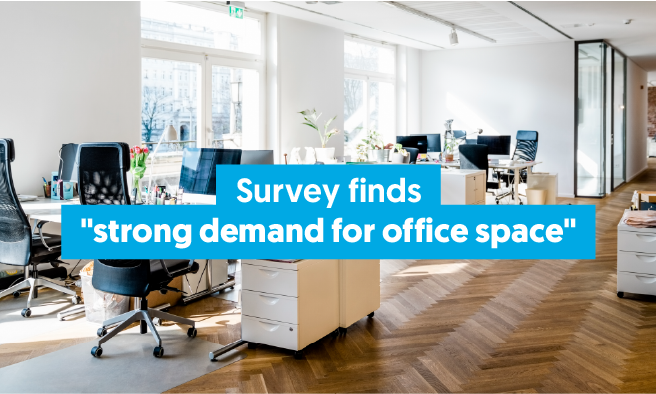
There’s been a big jump in workers heading back to CBD offices, in a further sign the economy is returning to normal.
According to the Property Council of Australia’s latest monthly office occupancy survey, which measures occupancy rates in CBD offices, all the major capital cities made gains between February and May:
- Sydney = occupancy climbed from 18% of the pre-covid rate in February to 55% in May
- Melbourne = 15% to 48%
- Brisbane = 41% to 64%
- Perth = 55% to 63%
- Adelaide = 47% to 71%
- Canberra = 21% to 60%
Property Council Chief Executive Ken Morrison said despite the challenging environment, it’s pleasing to see people returning to their workplaces.
“What we’ve seen this month [May] is a consistent and sizeable lift in the numbers of people returning to the office across all CBDs,” he said.
“While flexible working is here to stay, there is a value in face-to-face connection that can’t be replicated over a screen.”
Pendulum starting to shift from tenants to landlords
Mr Morrison said he expected the return-to-office trend to continue to grow.
“Our latest Office Market Report shows that this jump in occupancy is matched by strong demand for office space from tenants, despite the impacts of the pandemic. Strongly growing white-collar employment also paints a positive picture for the future of our CBDs,” he said.
So after demand for office space plummeted in the early days of the pandemic, it now looks likely to rise. That suggests two things:
- Businesses will probably have to compete harder for office space, which would put upward pressure on rents and mean fewer desperate landlords offering sweetheart deals.
- If vacancy rates fall, commercial property investors should find it easier to attract tenants and justify rent rises, which would mean higher yields.
Do you need finance to move premises or buy a commercial property? If so, I can help. Get in touch and I’ll be happy to explain your borrowing options.
